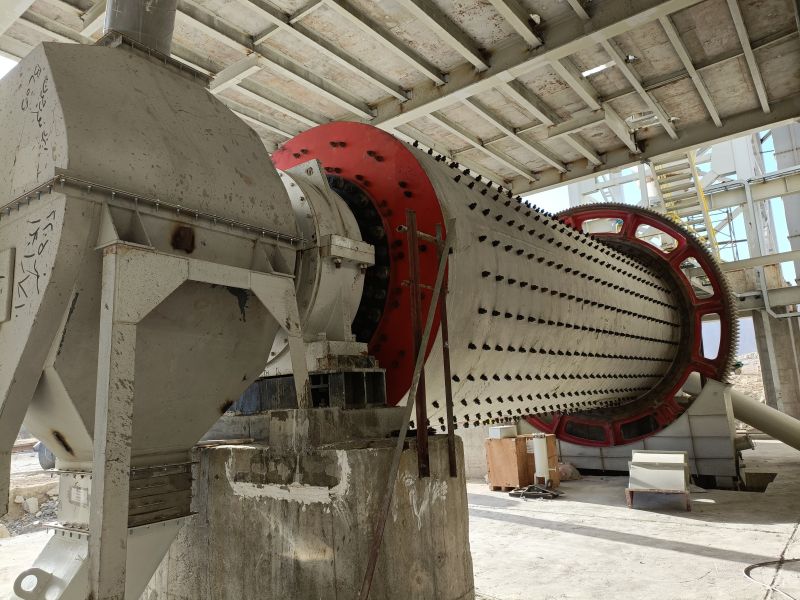Grinding ball mills are vital components in various industrial processes, serving as the backbone of many material processing operations. Classifiers are crucial in optimizing the grinding process in these mills. They do this by efficiently separating particles by size and other properties.

The Function of Classifiers
Classifiers in grinding ball mills are designed to separate ground material based on particle size. By classifying the material, they help control the particle size distribution, improve the grinding efficiency, and ensure the desired product quality. There are primarily two types of classifiers used in ball mills: dynamic classifiers and static classifiers. Dynamic classifiers adjust their classification based on the feed rate and particle size distribution, while static classifiers operate with a fixed cut size.
Efficiency Enhancement through Classification
The integration of classifiers in ball mills leads to significant efficiency enhancements. By controlling the particle size distribution, classifiers help achieve finer grinding, optimal throughput, and reduced energy consumption. Moreover, precise particle size control allows for better product uniformity and quality, making classifiers indispensable in modern milling operations.
Integration and Optimization
Integrating classifiers in ball mill circuits involves careful design and optimization to maximize their effectiveness. Proper positioning of the classifier within the circuit, along with efficient operation and maintenance, is essential for achieving desired outcomes. Optimizing classifier performance through monitoring and adjustments can lead to improved overall process efficiency and cost savings.
Real-world Applications and Case Studies
Several industries have successfully implemented classifiers in their grinding ball mills to enhance productivity and product quality. However, challenges such as classifier wear, maintenance requirements, and operational complexities can impact their performance. Case studies highlighting successful implementations and strategies to overcome challenges provide valuable insights for industries looking to optimize their milling processes.
Future Developments and Innovations
As technology advances, innovations in classifier design aim to further improve their performance and reliability in grinding ball mills. Enhanced automation, advanced algorithms for process control, and innovative materials for classifier construction represent future developments that could revolutionize milling operations. These advancements hold the promise of increased efficiency and reduced environmental impact in material processing industries.
Common Questions Related to Classifiers in Grinding Ball Mills
How does a classifier impact the efficiency of a grinding ball mill?
Classifiers help control the particle size distribution, leading to finer grinding, improved throughput, and reduced energy consumption, thus enhancing overall efficiency.
What role does particle size play in classifier performance?
Particle size influences the separation efficiency of classifiers; accurate control of particle size is crucial for achieving desired product specifications.
Are there specific maintenance requirements for classifiers in ball mills?
Regular maintenance, including cleaning, inspection, and calibration, is essential to ensure optimal classifier performance and prolong its service life.
In conclusion, classifiers are integral components in grinding ball mills, offering substantial benefits in terms of efficiency, product quality, and energy conservation. Understanding their function and optimizing their performance are key aspects for industries seeking to improve their milling processes and stay competitive in today’s dynamic manufacturing landscape.
